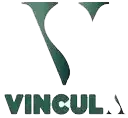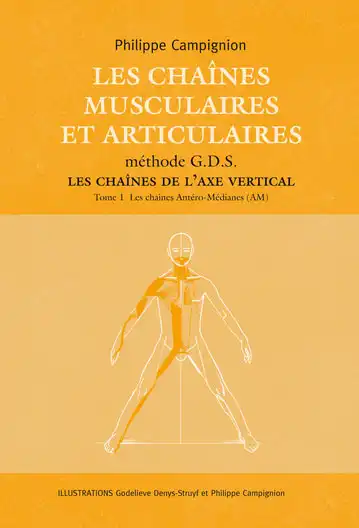Description
This book, ISBN 2-9510513-4-4, EAN 9782951051348, is the first volume in a series of three that will look at myofascial tension chains in relation to personality. These chains include the anteromedial chains linked to affect, the posteromedial chains linked to action and performance, and finally the posteroanterior and anteroposterior chains linked to the notion of the ideal. It follows on from a first book devoted to basic concepts, which sets out the general principles essential to an in-depth study of the different chains, and the two volumes devoted to the chains of myofascial tension linked to relational behaviour: the antero-lateral and postero-lateral chains.
This study, extensively illustrated with diagrams and photos, focuses on the anatomical-physiopathology of the anteromedial myofascial tension chains, whose activity is linked to a need for affect. Behaviour related to the activation of these myofascial structures is associated with the notion of stability and inner security. From a mechanical point of view, this psychological stability takes the form of being firmly anchored to the ground. Difficulty in satisfying this need leads to a lack of self-recognition and insecurity that generates anxiety. The body then curls up in the sagittal plane, the sternum sinking in as if to better materialise this emptiness of affect.
In listing the specific muscular impressions and osteoarticular dysfunctions that make up what we call the articular sequence resulting from excess tension in the anterior and medial chains, we will discuss, among other things, hallux valgus, genu-valgum, perineal problems, sternal depression, inversion of the cervical curvature and mandibular recoil. We will return to the mechanisms involved in the development of dorsal kyphosis, in particular the often overlooked role of the oesophagus as a muscle. We will try to find in the mechanics the link with the energetic lodge of the spleen, pancreas and stomach that the parallelism with the philosophy of Chinese medicine suggests.
The choice of the colour of ripe wheat, both for the cover and the illustrations in this book, was determined by the connection with the element earth (as nourishing earth), whose energetic colour range goes from yellow to brown. In a physiological diagram, the posterolateral chains control the anterior and medial chains, but this control can be transformed into domination, in which case the anteromedial chains react. Conversely, the anteromedial chains can become dominant and reverse this control of the LP, which in turn becomes reactive. We will describe the most frequent forms of this action-reaction interplay.
The aim of this series is to facilitate the work of our students, but it is also likely to inform the neophyte about the biomechanical aspect of the method. The biomechanical rigour, the relationship with behaviour, and the possible links with oriental philosophy to improve understanding of the whole, characterise this work.




